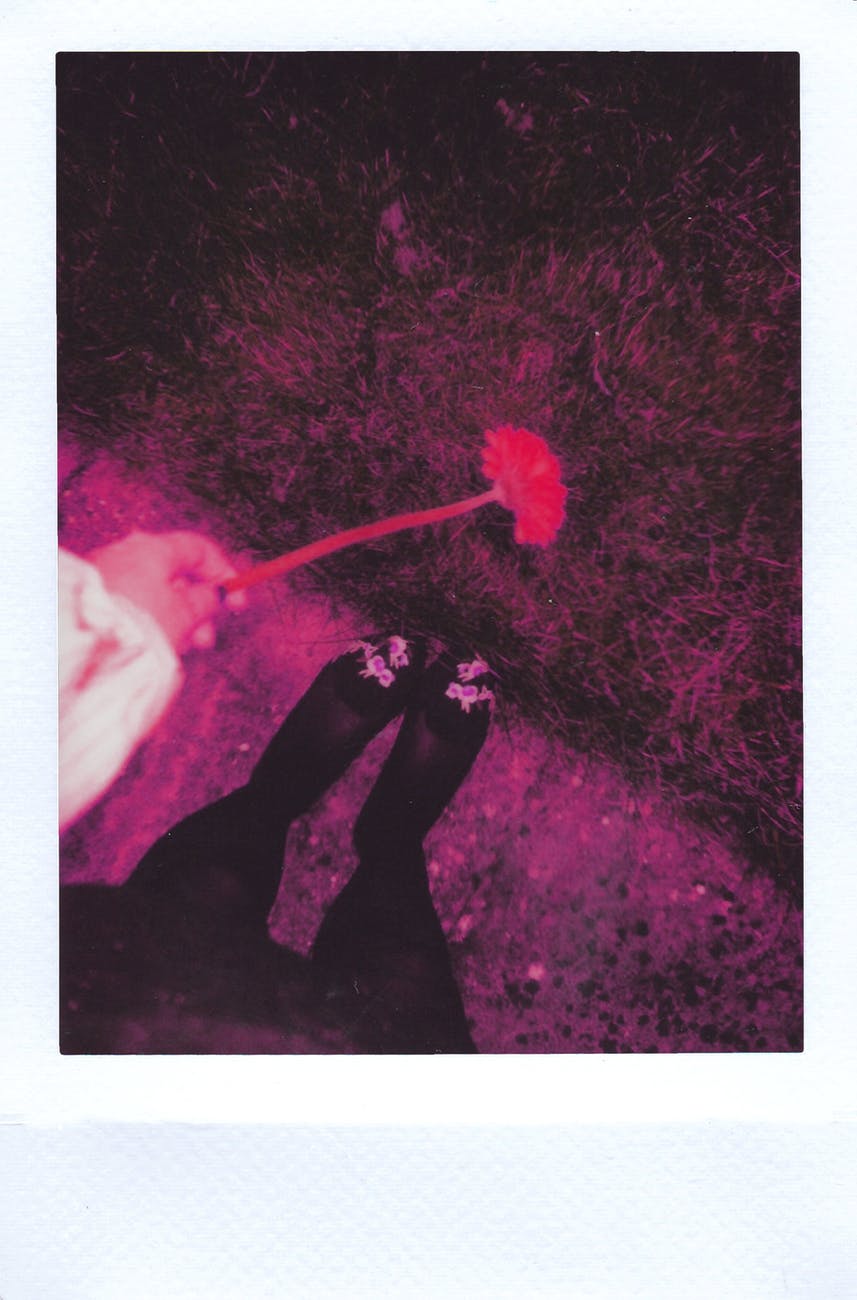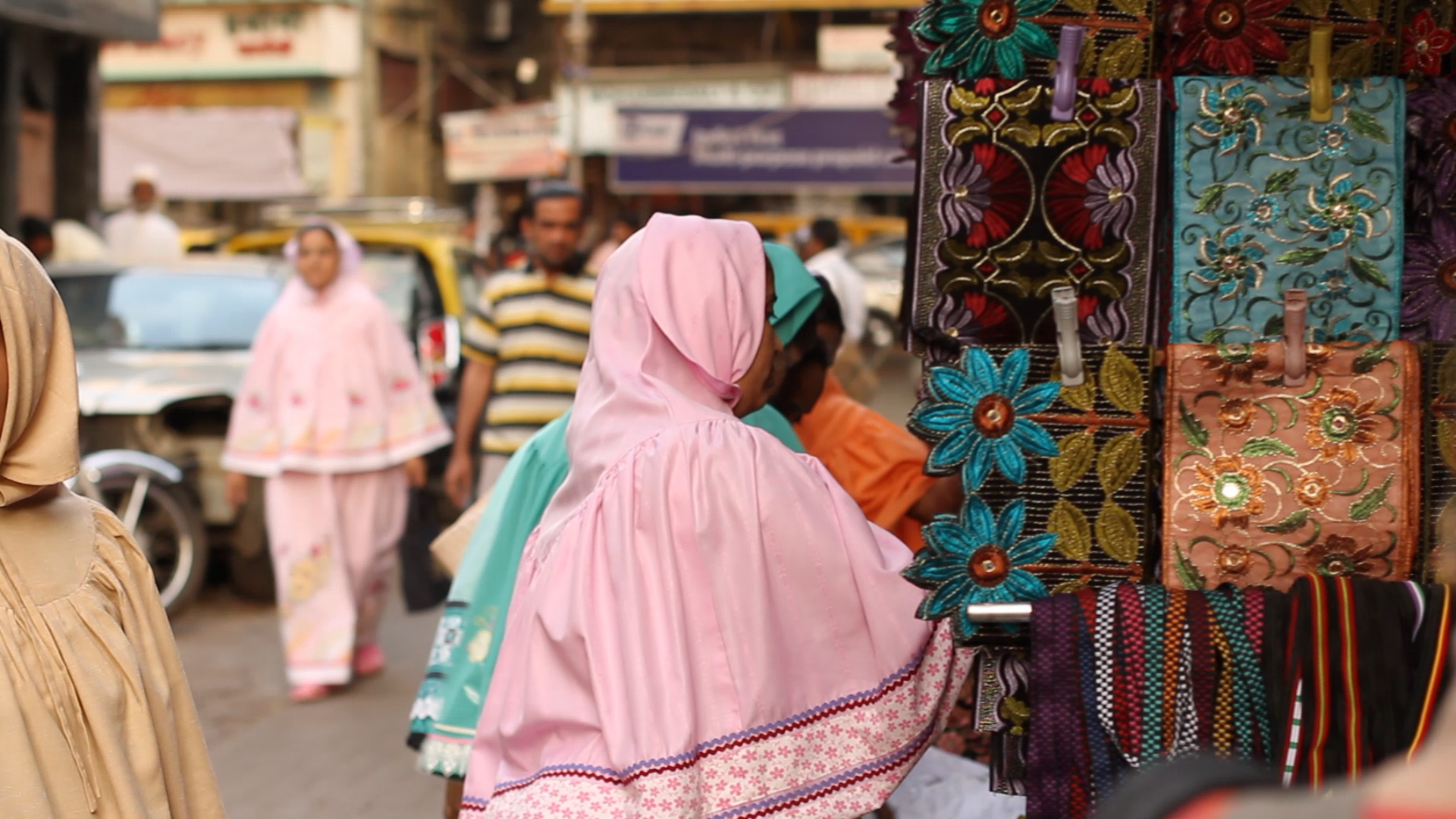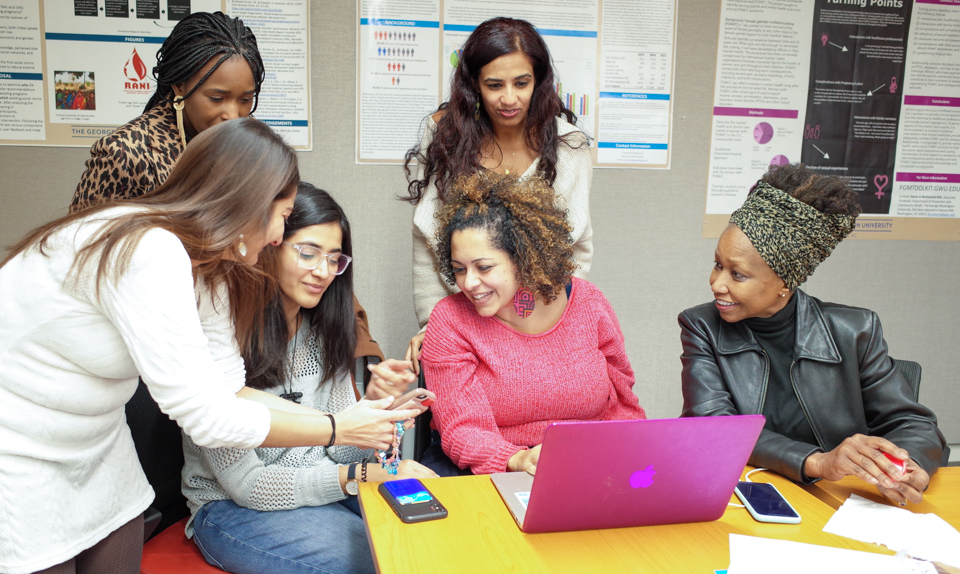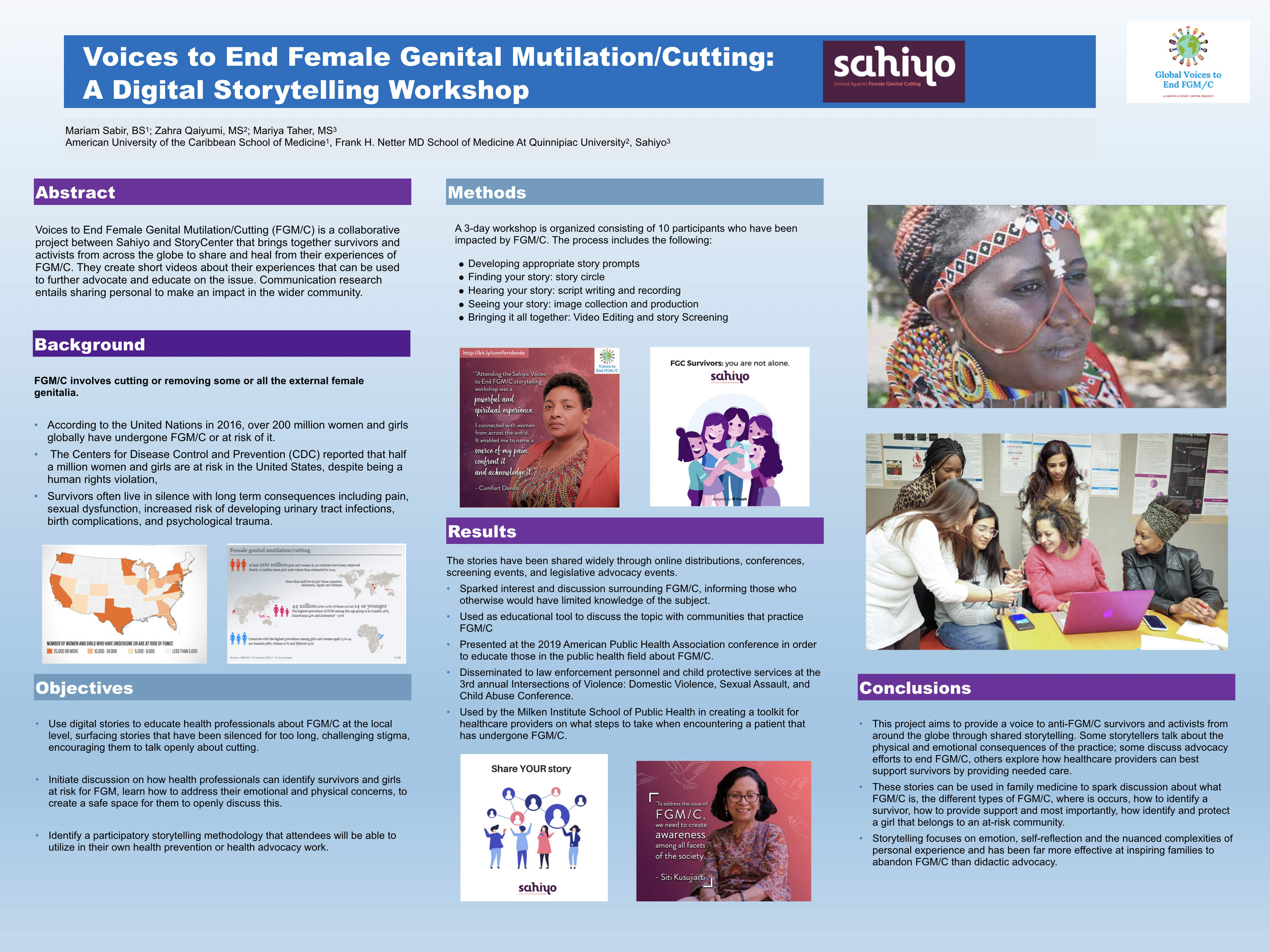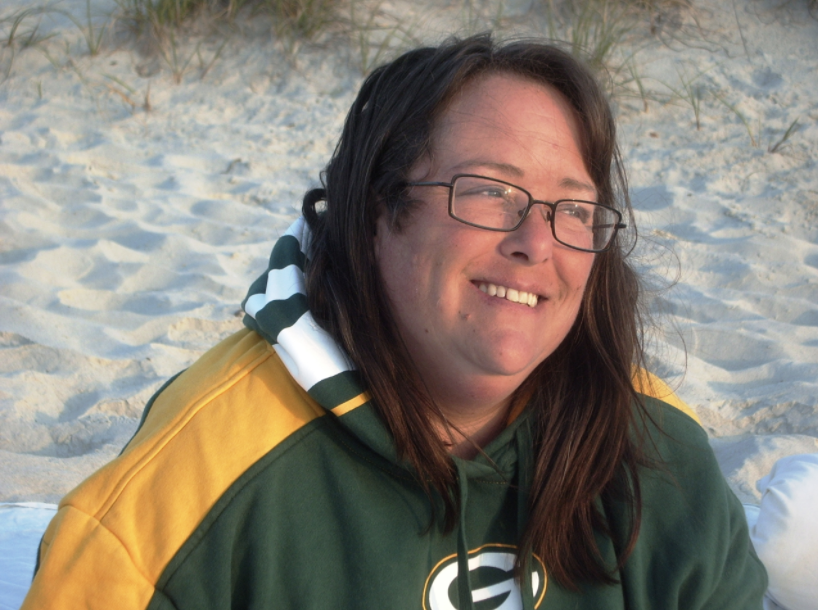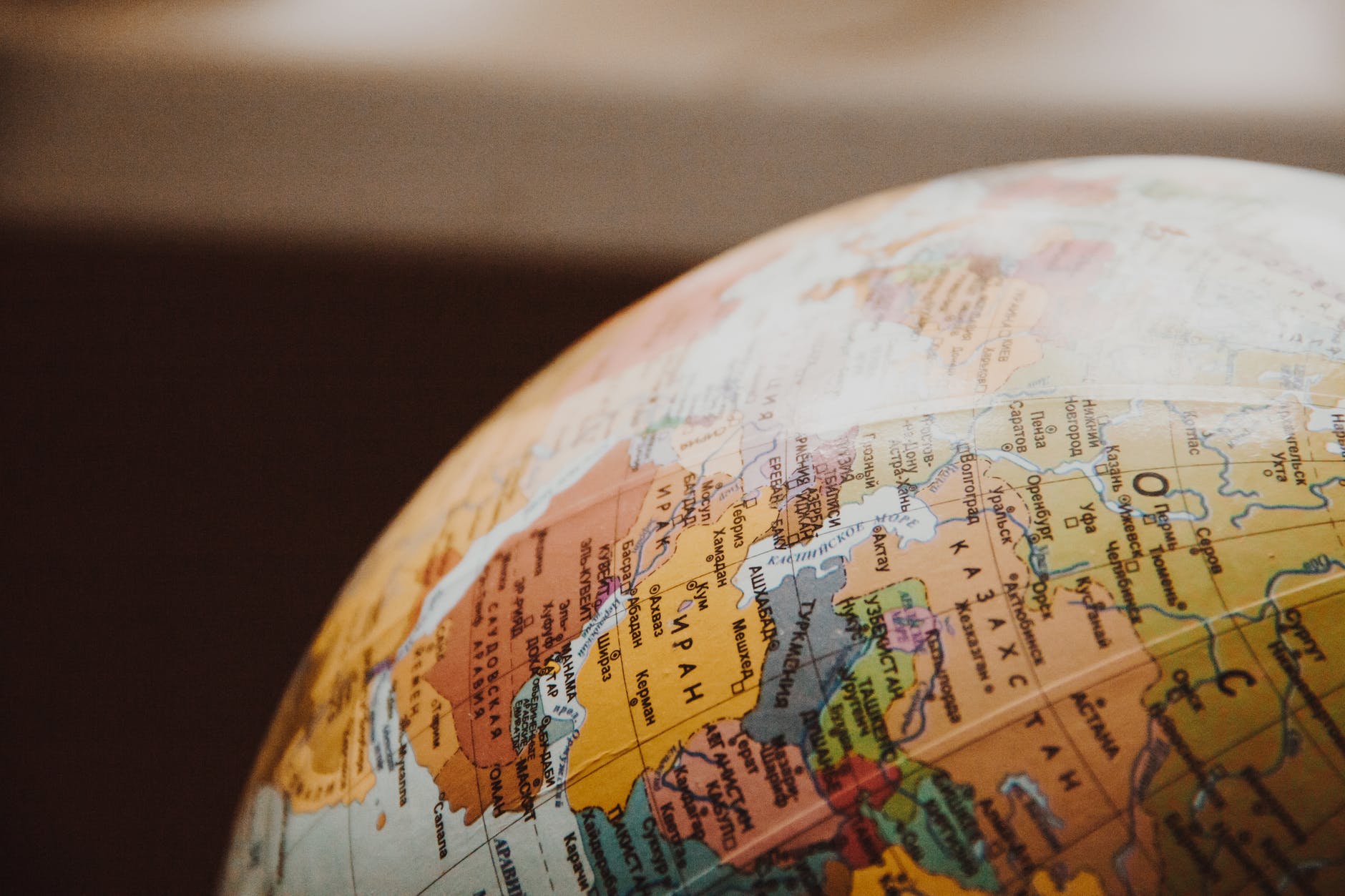By Hunter Kessous
The Population Council hosted a fascinating webinar, Using Research to Understand and Accelerate The Abandonment of Female Genital Mutilation/Cutting (FGM/C). It was the second of two webinars from a series titled, Evidence to End FGM/C: Research to Help Girls and Women Thrive. The most recent webinar reported some of the findings of a research consortium that began in 2015 and culminated this year. The research spanned eight countries and concluded with how initiatives to end FGM/C may be optimized.
Speakers included Bettina Shell-Duncan, University of Washington (moderator); Nada Wahba, Population Council, Egypt; Dennis Matanda, Population Council, Kenya; P. Stanley Yoder, medical anthropologist; and Nafissatou J. Diop, UNFPA.
Dr. Matanda spoke on the use of data to inform programming. His research spanned Kenya, Nigeria, and Senegal, and sought to map hotspots for FGM/C. The data pinpointed the areas of each country in which FGM/C is most prevalent. Dr. Matanda’s findings also reveal how factors relating to a girl’s mother influence the likelihood that she will be cut. The results varied by region, but some of these factors included the mother’s ethnic group, her beliefs surrounding FGM/C, and if she herself was cut. The most important takeaway from Dr. Matanda’s research is that considering only national data masks local variations. He recommends linking regional data to subnational policies and efforts to prevent FGM/C from occuring to future generations of girls.
Medical anthropologist Dr. Yoder responded to Dr. Matanda’s research, remarking that Kenya was the only country of the three where the level of education of the mother was found to have an effect on the risk of a girl being cut. He proposes modernization, the shift from traditional and rural to secular and urban, as an explanation for Dr. Matanda’s findings. I believe that Dr. Yoder’s theory illuminates a need for ongoing research on this subject that correlates the changes in Kenya’s social, economic, and political growth to changes in the continuation of FGM/C.
Following Dr. Yoder’s analysis, Wahba presented her research on the intersection of FGM/C and gender in Egypt. Hers was a qualitative study with multiple intriguing findings. One discovery that I found especially important was that conflicted mothers have been turning to doctors to decide on their behalf whether or not their daughter should be cut. This could be a result of the increasing medicalization of FGM/C in Egypt. Another interesting finding was that if either one of the parents, whether it be the mother or the father, does not want their daughter to be cut, then she will not undergo FGM/C. While many programs working to end FGM/C target the mother as the decision maker, Wahba’s research clearly shows that mothers are not the only influential group. For this reason, more anti-FGM/C programs should shift their efforts to also educate fathers and doctors, particularly in regions with high rates of medicalization.
Diop followed Wahba’s presentation to provide analysis of the research. Diop feels strongly that FGM/C is rooted in gender inequalities, yet not nearly enough programs acknowledge this fact. She claims many programs that address cutting are gender blind, focusing too much on the consequences of FGM/C in their approach rather than the root causes for why FGM/C continues in the first place. Diop’s comments were a strong call to action for all advocates to take a gender transformative approach in order to achieve abandonment of FGM/C.
More information about this research project can be found here.
The webinar can be viewed here.


